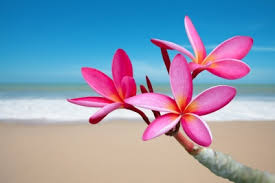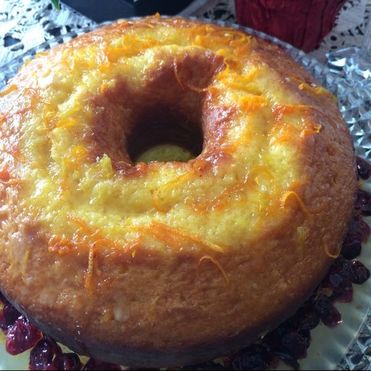|
|
Three doves perch on a
Fence post on Easter morning
In soft golden light.
|
Easter is a moveable feast, like Hanukkah and Passover. This means that these important religious holidays do not occur on the same date every year like Christmas. Instead, a complex system of calculations is used to determine that Easter will fall on the first Sunday after the paschal full moon that occurs on or after the vernal equinox. I’m sure this explanation is crystal clear. There is plenty of information on line for those who want to explore the astronomical occurrences that determine the date of Easter every year. In any case, Easter always falls between March 22 and April 25. This year, Easter will fall on April 16. Some of you will be thinking about your income taxes at that time. A comforting thought is that if you were a poet or other artist in Ireland, you would have to pay no income tax at all because of your invaluable contribution to Irish culture. If only artists in other countries were treasured as they are in the Emerald Isle!

Here in Hawaii where I live, the local culture and Polynesian artists, musicians and dancers are very much appreciated, although I do believe that they have to pay taxes like all the rest of us. Almost everyone in Hawaii celebrates Easter, and Easter in the islands is a time to celebrate both traditional culture and European Easter customs imported by the various immigrants who have come to live in this beautiful place. Indeed, Hawaiians have been very generous in adopting cultural celebrations from all over the world. Although the climate here does not include the dramatic shifts from cold to warm that are emphasized in European and mainland American Christmas and Easter customs, the Easter Egg, an ancient symbol of fertility and new life after the bitterly cold winter, is nevertheless the central Easter symbol in Hawaii. Easter egg hunts will take place all over the island, outdoors of course, as will traditional Easter sunrise services.
On Oahu, it will not be cold and miserable at dawn on Easter Sunday, and anyone who can get even close to the eastern shore of the island will be able to experience the glorious joy of watching the bright pink sun emerge from the sea, spreading light across the waves and into the soft, balmy sky. Holy Saturday, the night before Easter, is also a lovely time to appreciate Oahu’s natural beauty. Evenings in the islands do not turn chilly as they do in California and many other places on the mainland. Usually the warm, gentle trade winds blow in from the sea at this time of year, and it is breathtaking to watch the full moon emerge from the shifting waves.
|
|
Easter’s golden moon
Rises from the sea; the east
Wind brings wispy clouds.
|
The weeks before and after Easter are also a time to enjoy traditional Hawaiian cultural activities, including the Prince Kuhio Festival and the Merrie Monarch Festival, spring time events that celebrate ancient Hawaiian chants, music and hula. The Prince Kuhio Festival in late March celebrates the birthday of Prince Jonah Kuhio Kalaniana’ole, Prince of the House of Kalakaua, and March 26 is designated as a state holiday honoring his birth. Fondly referred to as the Citizen Prince, Prince Kuhio, who lived from 1871 to 1922, is revered for making the best of a bad situation following Queen Liliuokalani’s illegal ouster from the throne by a group of American businessmen. After Hawaii was annexed as a territory by the United States, Prince Kuhio was elected as Delegate from Hawaii to the U.S. House of Representatives from 1902 through 1922 and was instrumental in the passage of the Hawaiian Homes Commission Act of 1921, which provides homesteads for Native Hawaiians.
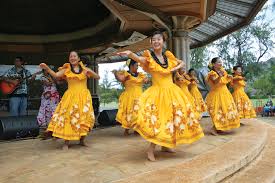
The free festival named after Prince Kuhio reflects his devotion to native Hawaiian arts and culture. The events include a parade, Native Hawaiian arts, music, hula and other cultural specialties and of course plenty of aloha and tasty food. It will conclude with a free Hawaiian a cappella singing concert in the historic Kawaiaha’o Church in Hoholulu, featuring many local choruses and choirs, including the University of Hawaii at Manoa Hawaiian Chorus. If you ever happen to be on Oahu during the last week of March, do not miss this authentic celebration of Hawaiian history and culture.
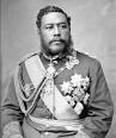
The Merrie Monarch Festival, a week-long celebration which begins on Easter Sunday, honors another member of the Hawaiian Royal Family, King David Kalakaua, the last king of the Kingdom of Hawaii, who reigned from 1874 to 1891. King David is appreciated as a patron of the arts, especially Native Hawaiian music and dance, and is remembered for sustaining many endangered Hawaiian traditions, including chant, mythology and medicine. The Merrie Monarch Festival, which takes place in Hilo on the island of Hawaii, includes the most prestigious hula competition in the world and is credited with helping to bring about the Hawaiian Renaissance of the 1970s, which continues to thrive today.
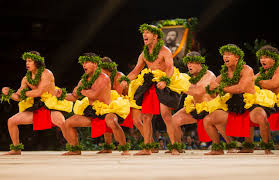
Merrie Monarch events include exhibitions by halau (hula schools) from Hawaii, other Pacific islands, Japan and California, hula competitions for men (kane) and women (wahine,) and performances of modern and traditional hula and chant. Even if you can’t get to the Big Island of Hawaii for this event of worldwide historic and cultural significance, you can watch it on television throughout the Hawaiian Islands. Wayne and I glue ourselves to the television set, mesmerized by the beauty of the chanting and drumming, the elegance of the exquisite hand-made costumes, and most of all the grace and skill of the dancing.
|
|
Pink plumerias
Scent the soft air as they fall
Among the gray doves.
|
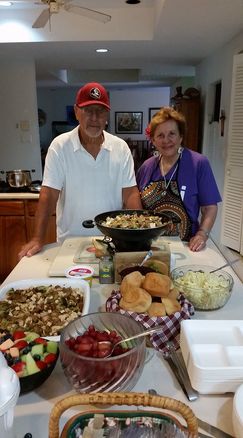
Since moving to Oahu, Wayne and I have had the honor of spending Easter with the Waiwaiole family, who have been kind enough to “adopt” us since our arrival. This large, multi-cultural family unit of Hawaiian, Portuguese, Japanese, Filipino and “Other” locals, gathers at the home of their octogenarian matriarch, Sylvia, for every holiday, and all of them bring food. The menu is always an eclectic microcosm of Hawaii’s population and the foods enjoyed all over the island. Sylvia herself prepares vinha d’alous (pronounced veenya dosh,) the mandatory main dish for every holiday. This preparation is the popular Portuguese style vinegar-marinated pork that one can order with rice and fried eggs at many coffee shops and pancake houses throughout the islands. Sylvia serves her vinha d’alous with steamed white rice and a huge pot of home-made chicken noodle soup, loaded with boiled eggs, chopped into big chunks. Scrambled eggs are also on the menu, keeping the Easter egg theme alive. Sylvia’s husband Tom makes them in a big electric wok, soft and golden, sprinkled with green spring onions.
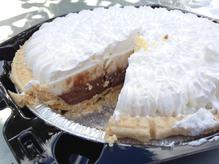
A daughter-in-law brings home-made potato salad, as there is no such thing as winter food and summer food in Hawaii. Potato salad is always part of the Christmas menu also. Baked yams, fresh pineapple, and even a caprese salad with fresh ripe tomatoes and basil also find their way to the table, along with baked beans and a moist, juicy ham. I have found my niche in the family as the dessert lady, as in general Hawaiians seem to prefer purchasing their desserts at local bakeries or grocery stores. The number one favorite store-bought dessert all over Oahu is Ted’s Chocolate-Haupia Pie. Haupia is the Hawaiian word for coconut, and what could be more luscious than chocolate and coconut in a single cream pie, topped with chilled whipped cream?
Ted Nakamura, a third generation Japanese Hawaiian, sells these and many other fabulous desserts, like Macadamia Nut Cheesecake, from his family-owned store on the North Shore at Sunset Beach, surfing capital of the world. All sorts of other local foods and snacks are also available at Ted’s to keep the surfers energized, and Ted’s pies are sold in local grocery stores.
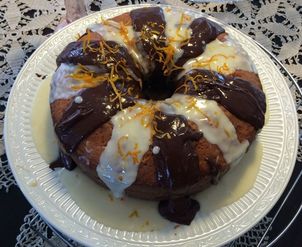
Since I know that three or four family members will undoubtedly show up with a Ted’s Pie, I will bring a cake that may not be quite so familiar to the Waiwaiole clan. So far, I have introduced the family to Tres Leches Cake, Danish Pastry Wreath, Spanish Almond Cake, Ellen’s Fabulous Coconut Cake, Lemon Bundt Cake, Texas Sheet Cake, Rum Cake with Caramel Icing, and a variety of other desserts from the mainland and beyond. Most of these can be found on our website, myteaplanner.com. I have been grateful for the enthusiastic responses and encouragement I have received from my adoptive family. Hawaiians are generous with compliments and not shy about eating. This year I plan to bring an Orange Poppy Seed Cake that I have been making for decades from a very old recipe that I adapted from Family Circle Magazine back in 1976. Poppy Seeds do not grow in Hawaii and are not part of the local cuisine, so I may need to make a special trip to Whole Foods in Kailua to find them, but I enjoy introducing desserts that are new to Hawaiians.
As you plan your family’s Easter meal, I hope you will look at our Easter Tea in the April calendar section of myteaplanner.com. It is filled with spring time delights, including Kathleen’s charming recipes for Hot Cross Buns and Lemon Ring Cookies. I also encourage you to review our Hawaiian Tea in the World of Tea Parties section of our website. We have included a Hawaiian Easter Brunch menu along with the tea party recipes, and you can learn more about Hawaii’s famous coconut pudding, Haupia. You might even find the courage to make your own Chocolate-Haupia cream pie. Meanwhile, I am happy to share Sylvia’s Vinha d’ Alous recipe and my tried and true Orange Poppy Seed Cake.
Hawaiian Vinha d’ Alous (Vinegar Marinated Pork)
Vinha d’ Alous is a Portuguese pork dish introduced to the Hawaiian Islands by the many Portuguese immigrants who came to Hawaii in the previous century to work in the pineapple and sugar cane fields or to labor as paniolos (Hawaiian cowboys) on the cattle ranches. Hawaiians love pork, and the popularity of this recipe has never diminished. The key ingredients, chunks of boneless pork, vinegar and garlic, become uniquely Hawaiian with the addition of Hawaiian sea salt and Hawaiian red peppers. If you cannot find these small red peppers, try substituting two medium sized jalapenos. You can remove some of the seeds while wearing disposable gloves if you want to control the heat in the marinade. Vinha d’ Alous is easy to make, but you will need plenty of time. The meat needs to marinate for at least twenty-four hours, and cooking the pork requires a two-step process of braising on the stove in a Dutch oven followed by browning, either in a skillet or in the oven. The recipe I offer here, from Hawaii Electric, includes potatoes, cooked in the marinade and browned along with the pork.
- 6-8 pounds boneless pork butt, cut into 2” chunks
- 2 cups vinegar
- 2 cups sherry or white wine
- 2 cups water
- 2 tablespoons Hawaiian sea salt
- ½ teaspoons freshly ground black pepper
- 4 cloves garlic, minced
- 4 Hawaiian red chili peppers, chopped (Seed the peppers if you are nervous about the heat.)
- 2 bay leaves
- 12 whole cloves
- ½ teaspoon thyme
- ¼ teaspoon sage
- 6 russet potatoes
- steamed white rice for serving
Preheat oven to 350° F (after step #1)
Special equipment: sharp knife, potato peeler, disposable gloves, glass measuring cup, large Dutch oven with lid, large roasting pan, large slotted spoon, large bowl or platter for serving
Makes: 6-8 servings
Cut the pork into 2” square pieces if the butcher has not already done so. Place the pork chunks and all of the marinade ingredients (except the potatoes) in a large Dutch oven and marinate in the refrigerator overnight or up to 24 hours. About 2 hours before serving time, remove the Dutch oven from the refrigerator and braise the pork in the marinade on medium heat for about 1 hour, turning the chunks occasionally.
- Preheat the oven to 350° F. Using a large pierced spoon, lift the pork chunks out of the marinade and place them in a large roasting pan. Bake for about 30 minutes, until the chunks are brown. Reserve the marinade in the Dutch oven.
- Peel the potatoes and chop them into medium sized chunks. Place the potato chunks into the marinade in the Dutch oven and cook them for about 30 minutes while the pork is roasting. Remove the potatoes with a slotted spoon and add them to the pork in the roasting pan. Continue cook the pork and the potatoes for another 30 minutes or until very tender.
- Place the pork and potatoes in a large decorative bowl or platter and serve with steamed white rice.
Orange Poppy Seed Cake
This cake has been a favorite Birthday Cake and all-purpose holiday cake in my family for many years, as poppy seeds and oranges span all the seasons. If you wish, you can make it a day in advance, add the orange syrup and store the cake at room temperature under a cake dome or wrapped in plastic wrap to allow the flavors to meld. Add the powdered sugar glaze the day you plan to serve it. You will need about three large, brightly colored navel oranges, as you will require orange zest for the cake and the glaze and orange juice for the glaze and the syrup. This recipe calls for quite a lot of orange zest, but it is entirely up to you how much orange zest you want to add. To serve this cake for Easter, place it on a cake pedestal or decorative plate and surround it with little chocolate Easter egg candies. Chocolate and orange are always happy together.
For the cake:
- 1/3 cup poppy seeds
- 1 cup buttermilk, at room temperature
- 2 ½ cups flour
- 2 teaspoons baking powder
- 1 teaspoon baking soda
- ½ teaspoon salt
- grated zest of 1 orange
- 1 cup (2 sticks) butter, at room temperature
- 1 ½ cups sugar
- 4 eggs at room temperature
- 1 teaspoon vanilla
- 2 tablespoons sugar, mixed with
- 1 teaspoon cinnamon
- cooking spray and extra flour for dusting the pan
- pastel colored chocolate covered almond Easter eggs for decoration
For the orange syrup:
- ¾ cup fresh orange juice from 2-3 oranges (include the zested orange used for the cake)
- ½ cup sugar
For the orange glaze:
- grated zest of 1 orange
- 2 cups powdered sugar
- 1-2 tablespoons fresh orange juice
Preheat oven to 350° F
Special equipment: 10” angel food cake pan or Bundt pan, 2-cup glass measure, waxed paper, large mixing bowl, medium sized mixing bowl, small bowl or cup, sieve or flour sifter, hand held electric mixer, rubber spatula, measuring spoons, thin knife or wooden skewer, wire rack, oven mitts, citrus zester, citrus juicer, 1-cup measuring cup, fork, decorative serving plate or cake pedestal
Makes: One 10”-11” cake, 10-12 servings
- Spray the angel food cake pan or Bundt pan with cooking spray and dust with flour. Bring the buttermilk, butter and eggs to room temperature. Place the buttermilk in a 2-cup glass measure and stir in the poppy seeds. Set aside. Zest one of the oranges over a large sheet of waxed paper, and set aside. Mix the 2 tablespoons of sugar and 1 teaspoon of cinnamon together in a small bowl or cup and set aside.
- Sift the flour, baking powder, baking soda and salt together into a medium sized mixing bowl and set aside. Place the butter and sugar in a large mixing bowl and beat with an electric mixer until light and fluffy, about 4 minutes. Add the eggs, 1 at a time, beating for about 1 minute after adding each egg. Beat in the vanilla.
- Sprinkle the orange zest evenly over the batter and gently stir it in with a rubber spatula. Add the flour mixture alternatively with the buttermilk and poppy seed mixture, in about four batches, beginning and ending with the flour, and mixing on low speed just until each addition is incorporated into the batter.
- Pour half of the batter into the prepared pan and smooth the top with a rubber spatula. Sprinkle the sugar and cinnamon mixture evenly over the batter. Add the remaining batter and smooth the top with the spatula until the batter is evenly distributed. Bake in the pre-heated 350° F oven for about 50 minutes, or until a thin knife or wooden skewer inserted into the center comes out clean.
- Cool in the pan on a wire rack for 10-15 minutes. Using oven mitts, remove the cake from the angel food pan and place it on a decorative plate or cake pedestal. (If using a Bundt pan, invert the pan over the plate until the cake releases.)
- While the cake bakes, make the orange syrup: Zest a second orange onto a large piece of waxed paper, and set aside to us the zest in the orange glaze. Wash the 2-cup glass measure and squeeze the oranges. Pour the juice into the measure until you have almost 1 cup of juice. Reserve 2-3 tablespoons of the juice in a small cup. Add ½ cup sugar to the remaining juice; you will have about ¾ cup. Stir and microwave for 30 seconds to 1 minute until the mixture is very hot.
- After the cake has been removed from the pan, but while it is still warm, poke holes in the top of the cake with a wooden skewer and slowly pour the hot syrup all over the cake. Let the cake cool completely. Wrap or cover with a cake dome until shortly before ready to serve. (The cake can be wrapped and frozen at this point.)
- Make the glaze: Place 2 cups of packed powdered sugar in a small bowl. Add the reserved orange zest and mix it into the powdered sugar with a fork. Add the reserved orange juice, 1 teaspoon at a time, and stir with the fork until the mixture reaches a thick but pourable consistency. Pour the glaze over the top of the cake, covering the entire top and allowing some of the glaze to drip over the sides. The cake is ready to serve as soon as the glaze has set. Sprinkle small chocolate Easter egg candies (I like the ones with almonds inside) around the cake just before serving.
